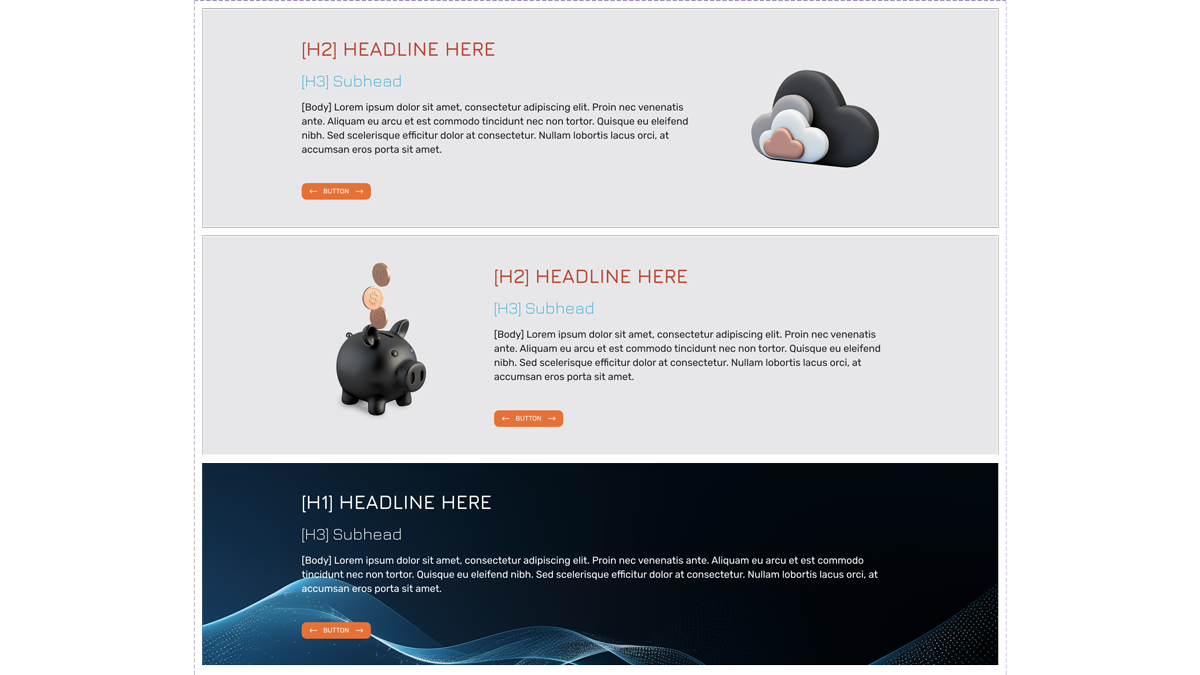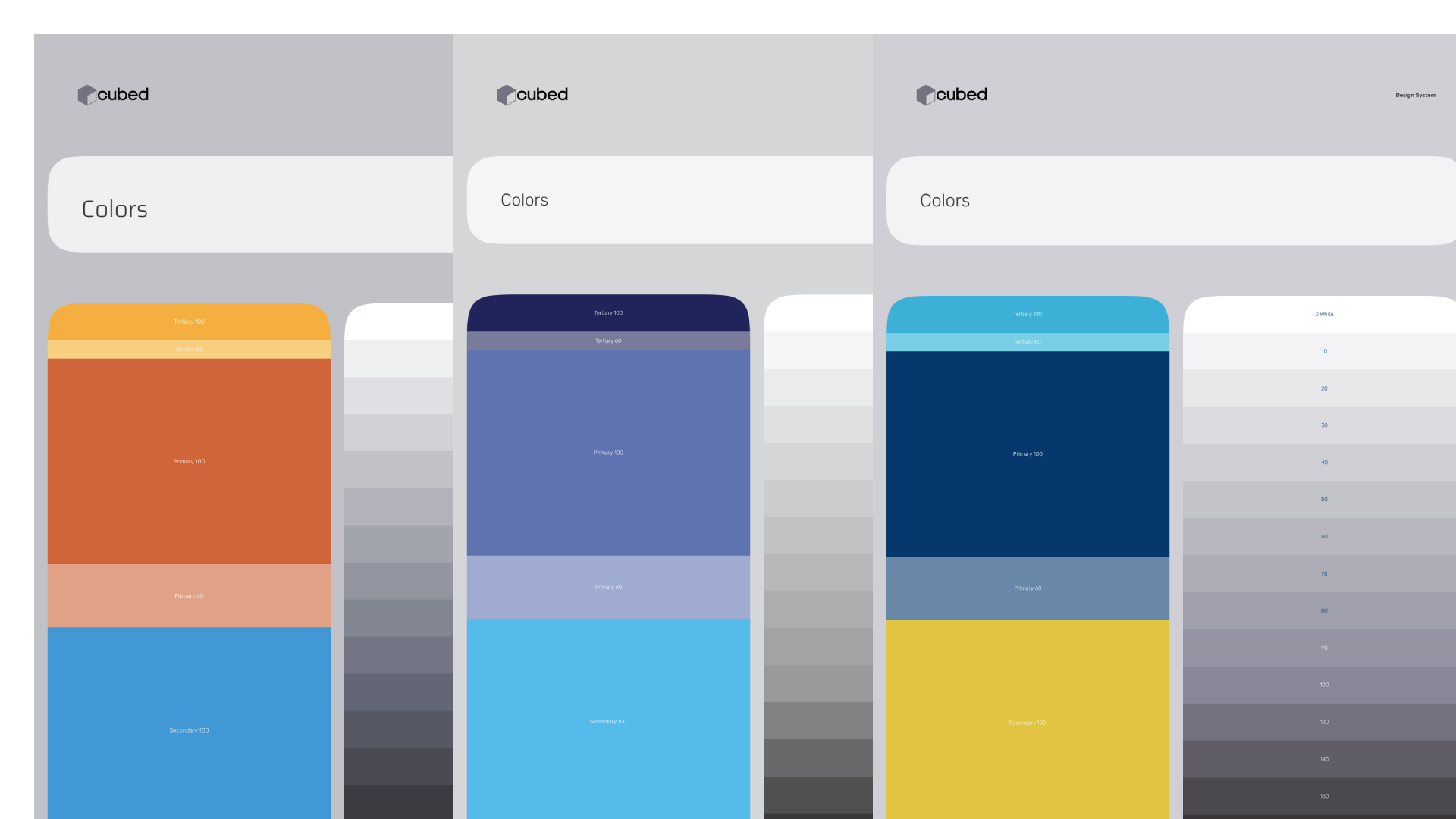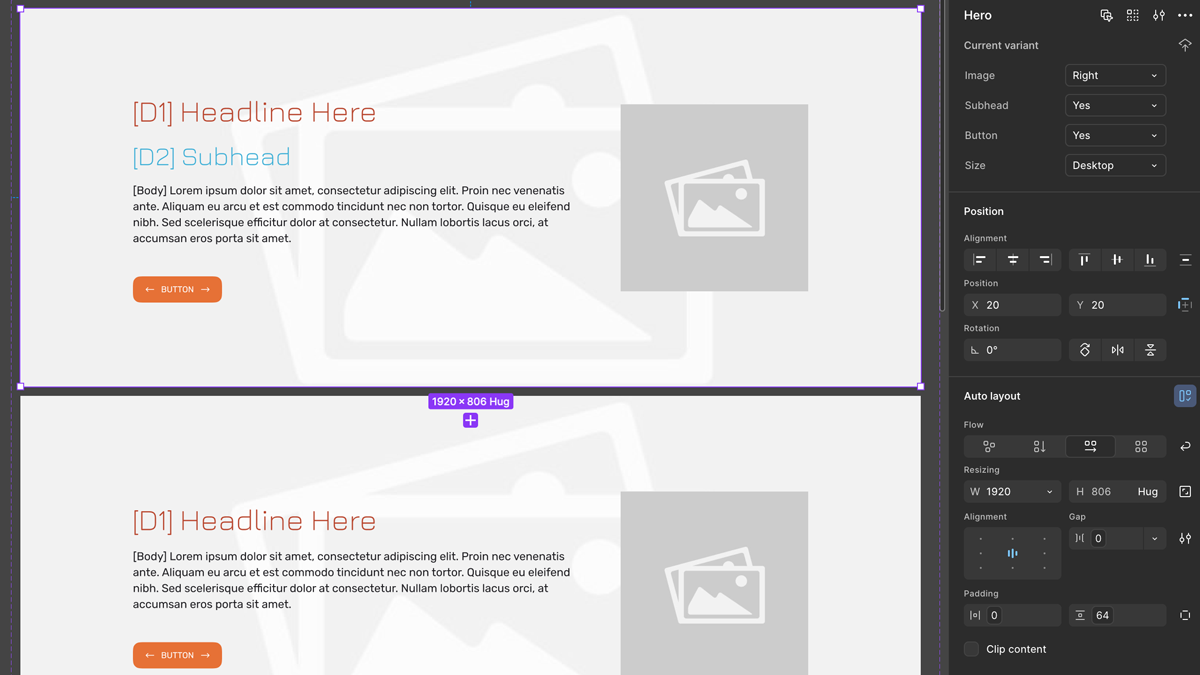NetDepot operated four independent brand sites (NetDepot, IonStream, Sotyra, JaguarPC), all running on WordPress/Elementor with offshore developers handling the builds. On paper, it worked, but in practice, it was chaos. Every design change required rounds of explanation, every new page involved re-decisions on styling, and visual consistency slipped further with each release. What should have been straightforward updates became a drain on time, energy, and trust.

The answer was Cubed: a unified design system built in Figma to bring order to the process. I kept the structure simple so both designers and non-design stakeholders could use it: Foundational Items → Elements → Components → Pages. It was loosely atomic, but without the jargon. At the base were clear tokens for color and typography — the biggest pain points in the old builds. From there, elements and components were locked, named, and documented, and full page patterns showed how everything came together.

With Cubed in place, the dev team no longer needed to guess. If Marketing wanted “Content Block A” for Jaguar, every spec was already defined. Updates became plug-and-play instead of rounds of clarification. Offshore execution accelerated, QA became cleaner, and most importantly, the four brands began to hold together visually while still maintaining their individual character.

Cubed wasn’t positioned as a new brand strategy or a shiny innovation. It was a system that quietly solved a problem no one had named: the cost of inconsistency. By cleaning up the chaos, it gave NetDepot the ability to move faster, reduce rework, and finally treat their web presence as a scalable platform rather than four disconnected sites.

The Results
A unified design system governing four fragmented brands, replacing guesswork with clarity. Execution sped up, errors dropped, and brand consistency returned across every site and every page.



